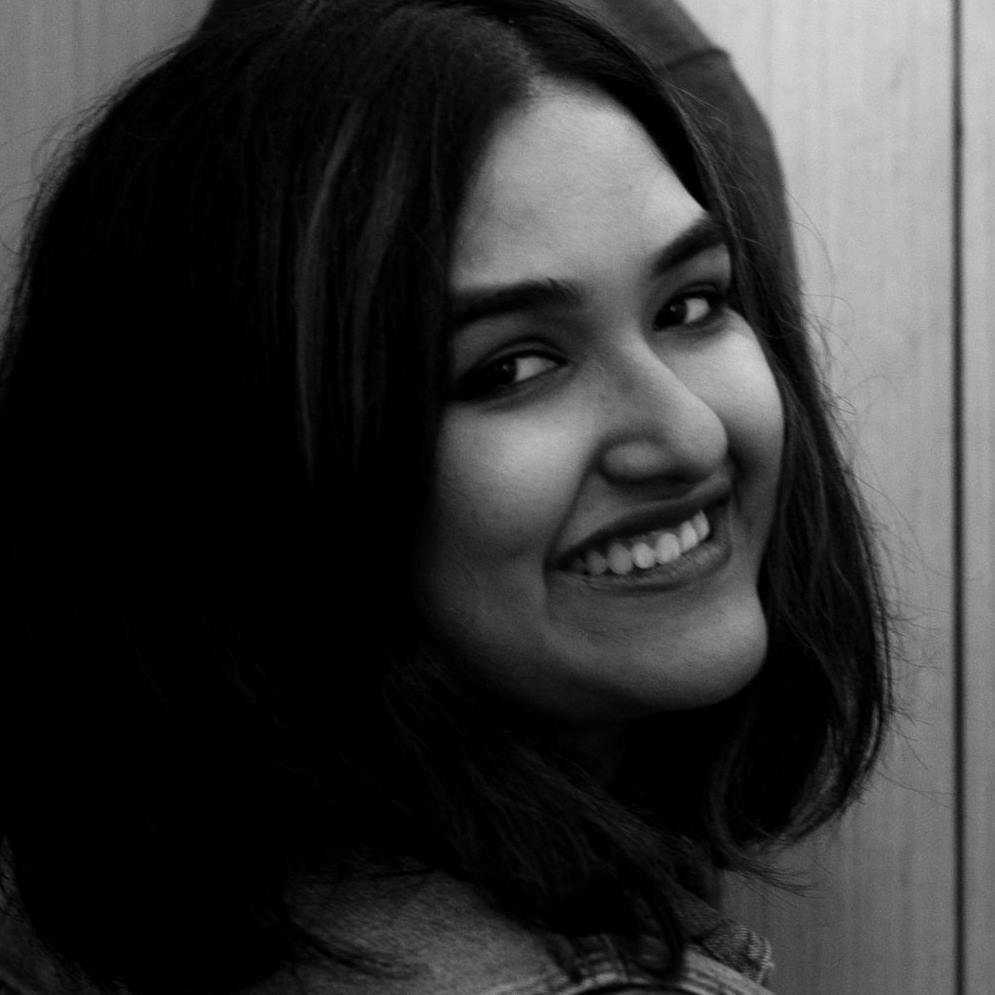In a world defined by constant change and evolving consumer expectations, businesses are seeking innovative ways to stay ahead of the curve. In today’s fast-paced business world, innovation is essential for staying competitive. “Design Thinking” offers a game-changing approach that puts customers at the centre of innovation. By empathising with users, teams redefine problems and create meaningful solutions. Innovation drives business success, enabling adaptation to market changes and meeting customer demands. Various forms of innovation serve specific purposes, enhancing efficiency, competitiveness, and customer loyalty. Embracing innovation is vital for sustainable growth and gaining a competitive edge in today’s dynamic business landscape. Design Thinking has emerged as a powerful methodology that unlocks the creativity and problem-solving potential within organisations.

Without a focus on innovation, businesses risk becoming stagnant, losing relevance, or even facing obsolescence. Therefore, innovation is not just a desirable aspect of business growth, but a necessary one for long-term sustainability.

Differences in business approach before and after applying Design thinking
Design Thinking transforms a business approach from being product-centric and assumption-based to being user-centric, collaborative, and innovation-driven. It enables businesses to create solutions that are more aligned with user needs, leading to improved outcomes, reduced risks, and enhanced customer experiences. Here are some key distinctions between the business approach before and after implementing Design Thinking.

Some examples of successful businesses that have implemented design thinking principles to drive innovation.

Let’s take a use case to understand the impact of design thinking in businesses. Here’s how Design Thinking rescued Apple and propelled it to market leadership.
How did Apple revitalise its market position and drive sustainable growth?
A Case Study

In summary, design thinking-led business innovation proves to be a distinctively user-centric, iterative, and collaborative methodology when contrasted with conventional approaches. The active involvement of end-users, the redefinition of problems based on real insights, and the consistent pursuit of refinement are the pillars that empower businesses to produce impactful and efficient solutions, navigating the ever-changing dynamics of today’s market with unprecedented success.


Sustainable Design Thinking Framework for Business Innovation
Re-imagining the evaluation of Design Thinking in business innovation introduces a transformative approach to assessing departmental contributions. While speculative in future scope, the following framework envisions a comprehensive metrics system, integrating social and environmental impacts and providing a holistic view of innovation’s sustainability. This forward-looking framework drives purpose-driven, responsible innovation and fosters lasting change on a global scale.

Benefits of Sustainable Design Thinking Framework for Business Innovation

Conclusion
Hence as businesses, we must ensure to incorporate ESG into the design thinking process in the following ways:
Empathize: During the empathize phase, the team can conduct interviews and observations with people who will be affected by the solution, including those who are most vulnerable to social and environmental impacts. This information can be used to identify the root causes of the problem and to develop solutions that address the needs of all stakeholders.
Define: During the define phase, the team can use a variety of tools to identify opportunities for social and environmental impact. For example, they can use a social impact assessment to identify the potential benefits and risks of the solution to society, or an environmental impact assessment to identify the potential impacts of the solution on the environment.
Ideate: During the ideate phase, the team can brainstorm ideas for solutions that address both business needs and social and environmental impact. They can use tools like the creative matrix to generate new ideas and to identify potential synergies between social and environmental impact.
Prototype: During the prototype phase, the team can build prototypes of their solutions and test them with users. This feedback can be used to refine the solutions and to ensure that they are socially and environmentally responsible.
Test: During the test phase, the team can launch their solutions and collect data on their impact. This data can be used to improve the solutions and to track their progress towards social and environmental impact goals.
By incorporating social impact and environmental impact into the Design Thinking process, organizations can create innovative solutions that not only benefit their bottom line, but also make a positive impact on the world.
Authors: Sreya S. Majumdar & Greema Joy.





